
A King Air 350 facilitates travel throughout the University of Texas System.
April 20, 2018
Shortly after Adm. William McRaven became the chancellor, he asked his head of organizational effectiveness to conduct a broad assessment of the University of Texas (UT) System. Formerly the highest-ranking U.S. Navy Seal, McRaven charged Susan Franzen with finding ways to improve services to the system’s eight universities and six medical facilities.
“After the Board of Regents approved the chancellor’s vision, he called me and said, ‘I need you to complete your site visits in four weeks,’” recalled Franzen.
As assistant vice chancellor for organizational effectiveness, Franzen led a team from the UT System’s headquarters in Austin to conduct 118 focus groups across aviation asset,” said Chief Pilot Jeff Perkins. “Some of UT’s campuses – UT Brownsville [Rio Grand Valley] or UT Permian Basin, for example – are very difficult to get to on the airlines.”
Efficiently Sized
The UT System’s King Air 350 is exactly the right-size airplane for flying between Austin, in the center of the state, and institutions as far away as El Paso is from Brownsville or Dallas (nearly 700 miles). And the two captains, Perkins and David Crosby, are the right crew to fly the aircraft an average of 250 hours a year to meet UT System’s needs. Perkins and Crosby are both former U.S. military pilots, with more than 60 years of flight. Three days a week, she traveled on the system’s King Air 350, out to each campus and back in the same day.
“If we didn’t have our pilots and the airplane, we wouldn’t have been able to meet with 551 faculty and staff members in the time the chancellor asked,” said Franzen. “We would never have been able to afford it.”
As many as seven UT System personnel flew together each time. Buying airline tickets and hotel stays for everybody would have been cost-prohibitive.
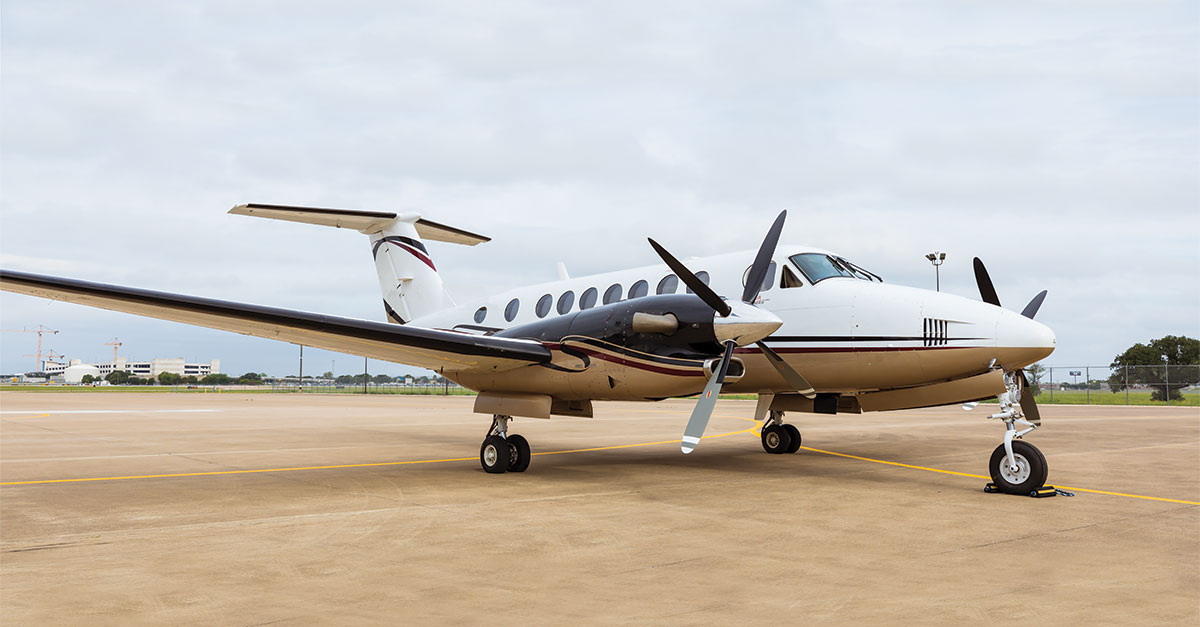
“I don’t know how they would have accomplished their mission without this experience between them. They were both hired in 2015, when the previous chief pilot retired.
The King Air 350 is certified for single-pilot operation, but it’s long been UT System policy to fly with two pilots. Before Perkins and Crosby were hired, contract pilots would fly in the right seat, and some missions would be flown by two contract pilots. Now, Perkins and Crosby often fly together. Perkins has a list of six trusted contract pilots who he can schedule to fly as first officer.
“We’ve always been dedicated to safety and security, but now we’ve enhanced that by having two dedicated pilots,” said Amy Mitchell, travel coordinator and senior administrative associate. “We have a dedicated captain on every flight, and that adds to safety.”
In 2008, the UT System replaced its King Air 200 with the current King Air 350. “When we looked at purchasing a new aircraft, we weighed heavily on what was the most cost-efficient one for the system,” said Mitchell. “For most of our flying around the state, the King Air 350 is perfect for our mission.”
As a state agency, the UT System’s spending is governed by state laws. For a budget-conscious public institution, the flight operation is finely tuned to make travel affordable.
“The UT System has 14 institutions that span the very large state of Texas,” said McRaven, “and our pilots and aviation staff make it possible for us to travel to and from UT institutions quickly and safely.”
Optimum Utilization
To ensure they get economies out of the flight operation, the UT System often requires at least five passengers to dispatch a flight. If needed, the chancellor or department heads can fly with fewer people.
“We have guidelines from the state that we have to follow because we’re a state agency, and when we have five or more passengers, we know that’s pretty cost-efficient,” explained Mitchell. “Any of the departments at headquarters can utilize our aircraft, as well as the leader-ship at every institution.”
More than 1,000 different UT Systemwide employees have used the business aircraft to meet their travel needs. About 70 different assistants across all 14 institutions have access to the in-house reservation system, where they can book airline travel or request a flight on the business aircraft, as well as reserve rental cars and hotel rooms.
I don’t know how they would have accomplished their mission without this aviation asset. Some of our campuses – UT Brownsville or UT Permian Basin, for example – are very difficult to get to on the airlines.
After reviewing all the different products available in the marketplace, the UT System decided to build its own reservation system, which includes flight logs and financial recordkeeping. Mitchell worked with the UT System technology department to design the online portal. Now, she trains assistants on how to use it, including how to run a cost comparison to see if using the King Air is cheaper than airline travel.
“There are times when our aircraft is full,” said Mitchell. “There are times when we’ll have people from five different departments utilizing one airplane.”
When a UT System employee books a flight on the King Air, they’ll reach out to other departments to ask if anybody else needs to travel to the same institution. Mitchell will also work to combine missions, if possible.
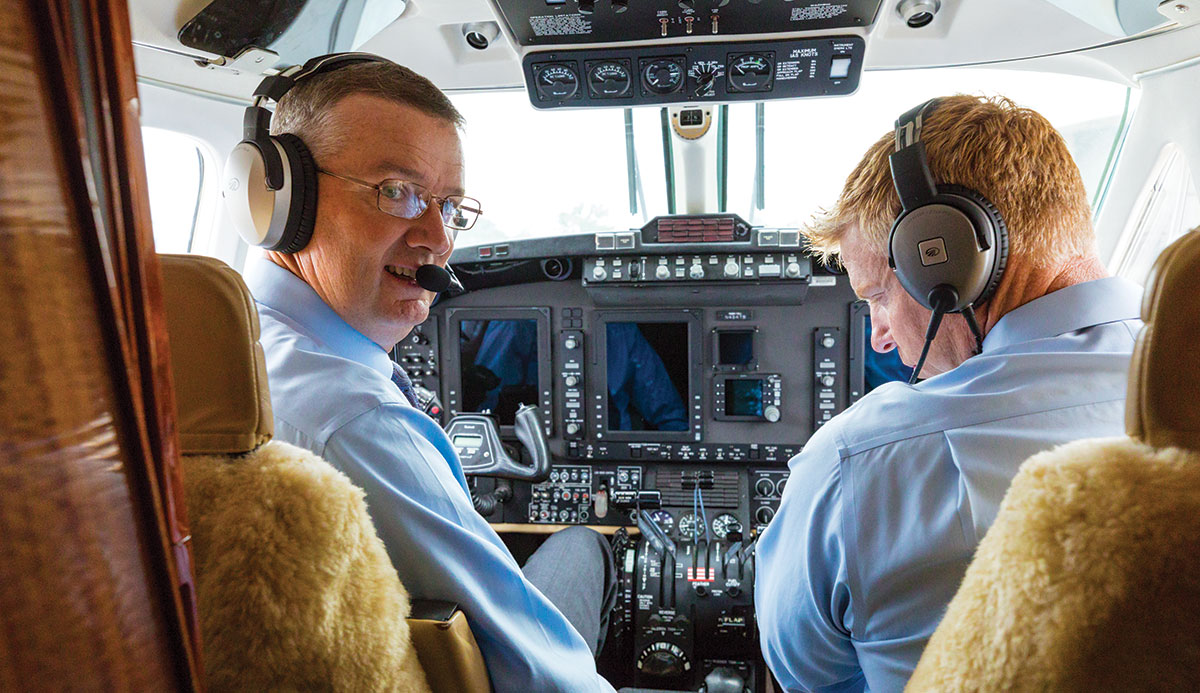
“We try to work together to coordinate schedules,” Franzen said. “The value of the aircraft is that it’s highly efficient and cost-effective. It allows us to do things that we wouldn’t otherwise be able to do.”
Enhancing Safety
While the UT System’s flight department is a Part 91 operation, Perkins and Crosby hold themselves to higher operating standards. “We have self-imposed policies that are very similar to Part 135, to add safety,” said Perkins. “That includes our policies for crew endurance and minimum runway lengths. With safety, you never rest on your laurels; you always try to improve.”
When Perkins and Crosby were hired, the UT System had an emergency response plan (ERP). Crosby, as the flight operation’s safety manager, took it upon himself to update the plan.
“In the military, I had experience with ERPs, but some of those practices didn’t translate perfectly to business aviation,” said Crosby. “So, I went to an ERP work-shop at NBAA-BACE in Las Vegas in 2015. I got a lot of good information and changed our plan so that in case of an incident, key personnel would know what to do.”
Crosby is also developing a formal risk-assessment tool. As military pilots, Perkins and Crosby were familiar with risk assessment, and they use those methods to mitigate any potential miss- ion hazards. “But our goal is to develop a formal risk-assessment process,” said Crosby, “so we can look at it before every flight and run the numbers.”
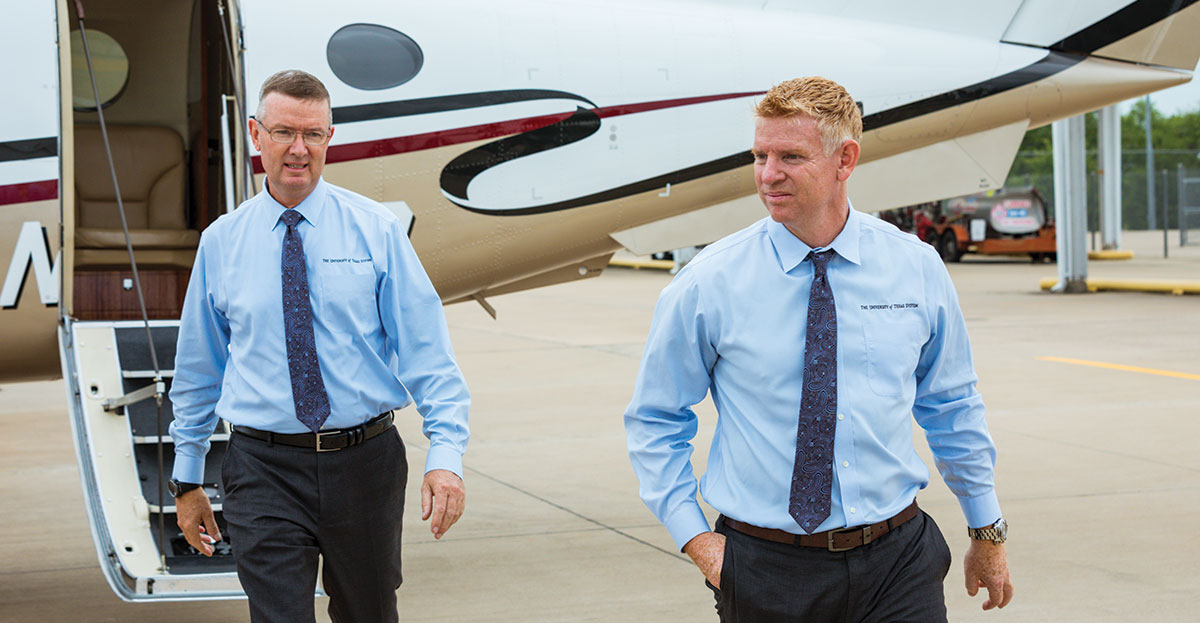
Recognized for Professionalism
UT System captains Jeff Perkins and David Crosby are dedicated to fighting complacency and continually improving their safety processes. In 2016, Perkins and Crosby were recognized for these efforts by receiving NBAA’s Dr. Tony Kern Professionalism in Aviation Award. They were nominated by the UT System for their performance during the transition following the previous chief pilot’s retirement.
The UT System flight operation must comply with institutional rules, Texas state statutes and additional policies imposed by the Texas Department of Aviation. Perkins and Crosby were recognized for their personal discipline and compliance, attention to detail and ensuring that contract pilots are compliant as well.
“Pilots Jeff Perkins and Dave Crosby are among the most professional and skilled individuals with whom I have ever worked – and that includes my 37 years in the U.S. Navy,” said Adm. William McRaven, chancellor of the UT System. “When they’re in the cockpit, I know without a doubt that the safety and security of their passengers is their number-one priority.”

Base:
The company’s aircraft is maintained and operates out of the Texas Department of Aviation hangar at Austin-Bergstrom International Airport.
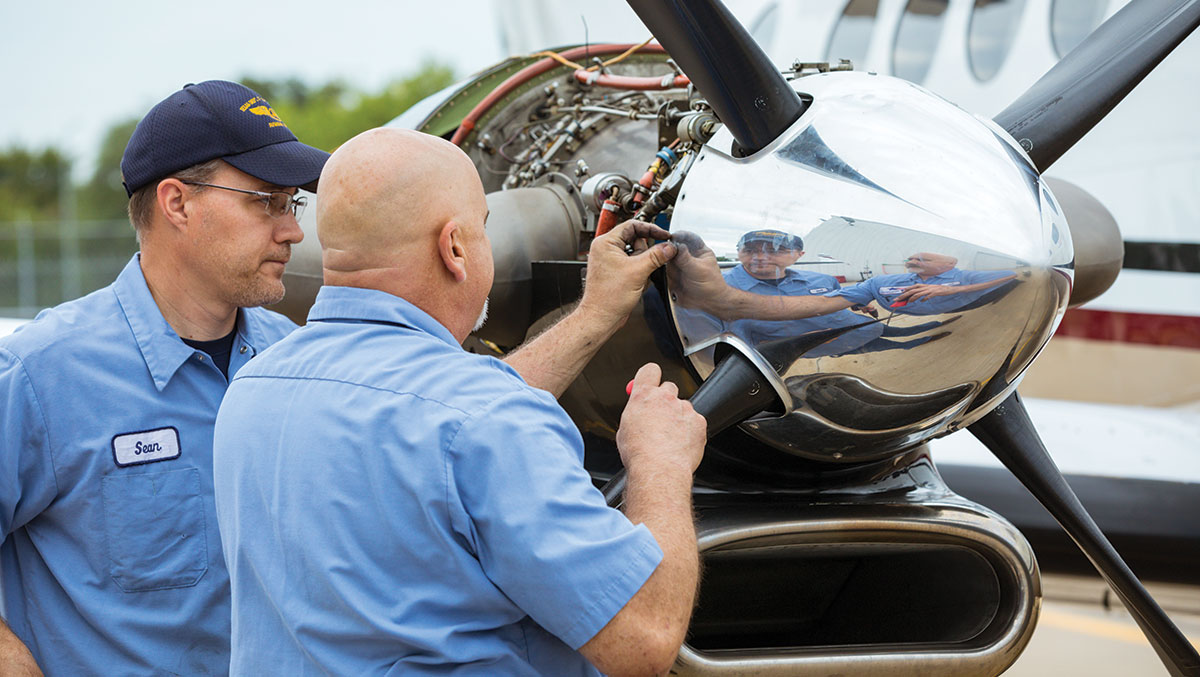
Aircraft:
Aircraft: One King Air 350.
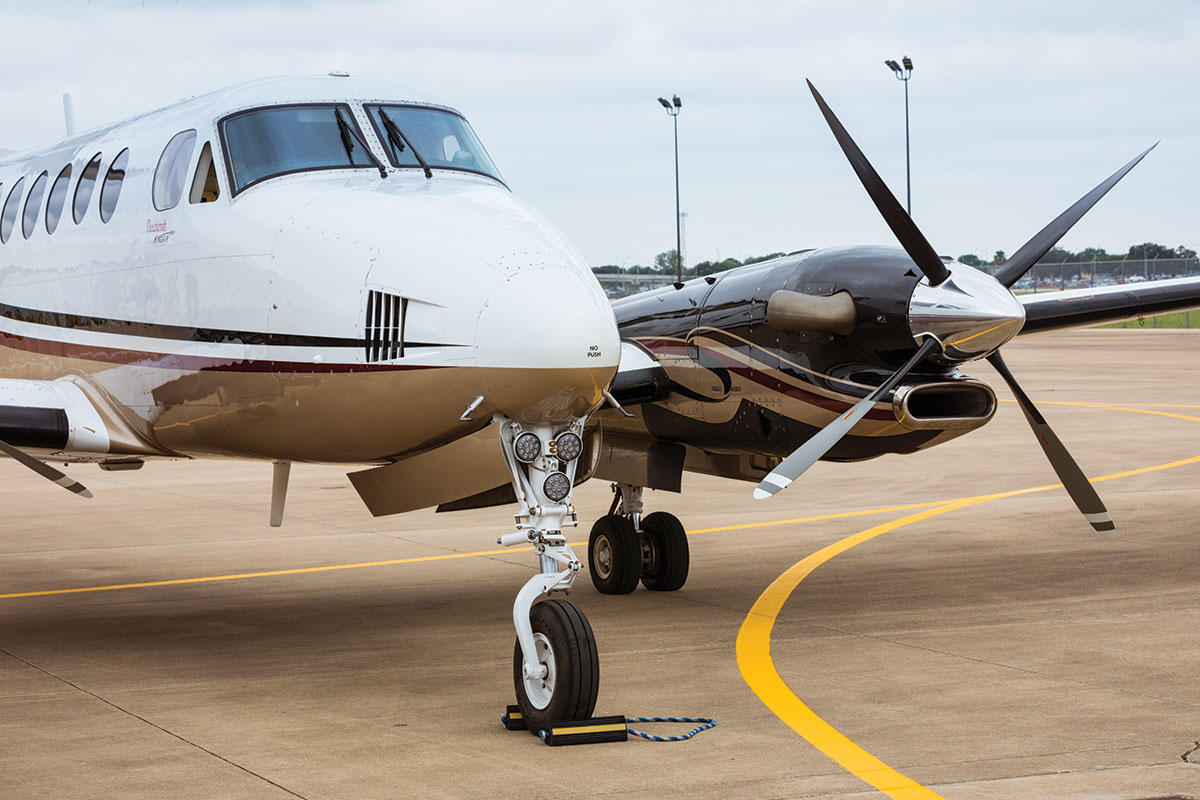
Personnel:
Personnel: One chief pilot, one pilot and safety manager, one travel coordinator and one backup travel coordinator.


 International Business Aviation Council Ltd.
International Business Aviation Council Ltd.